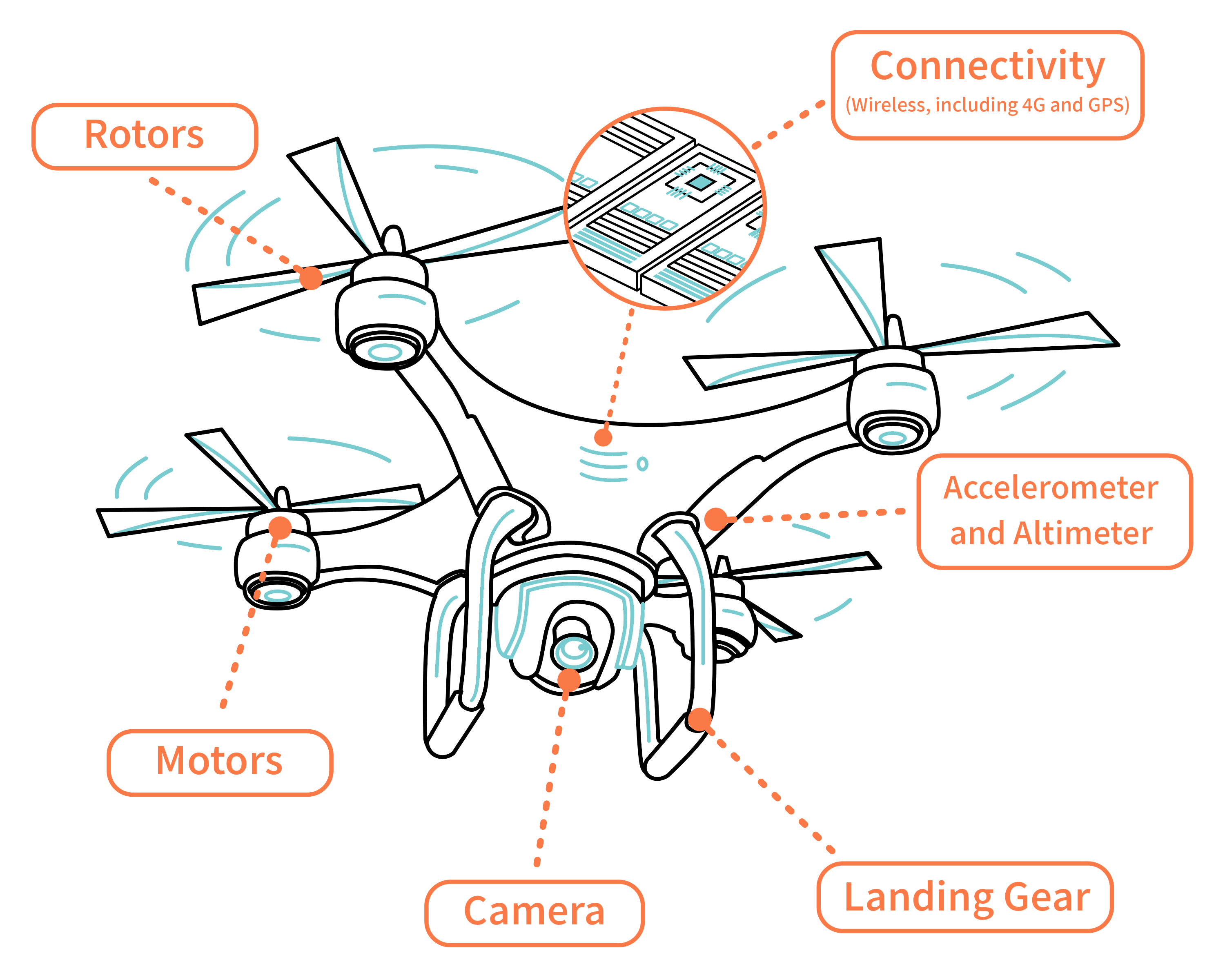

It acquired the Turkish TB2 earlier this year, with reports suggesting the sale occurred as recently as June 2020.


Both are more accurate than the older Soviet missiles.Īzerbaijan also developed an impressive drone arsenal composed of Turkish and Israeli UAVs. In addition to the Tochka missiles it inherited from the Soviet Union, Azerbaijan purchased the Israeli LORA ballistic missile and EXTRA (EXTended Range Artillery) guided rocket. The country’s oil and gas sales over the past two decades have enabled it to modernize its armed forces, including significant funding for missiles, drones, and rocket artillery. Sources: Stockholm International Peace Research Institute, Ministry of Defence of Armenia.īy contrast, Azerbaijan fields a more diverse and modern arsenal of missiles, rockets, and drones. Table 1: Armenia’s Missiles, Drones, and Rocket Artillery They are generally recognized as less capable than Azerbaijan’s fleet of foreign UAVs. Armenia’s drone fleet consists of smaller indigenous systems focused on reconnaissance missions. Armenia’s rocket artillery is also mostly Russian, apart from its Chinese WM-80 multiple-launch rocket system (MLRS). Armenia inherited its Tochka and Scud missiles from the Soviet Union following its collapse and purchased Iskander missiles from Russia in 2016. Azerbaijan is considered to have the more diverse and qualitatively superior military.Īrmenia’s missile arsenal is comprised entirely of Russian rockets. Q1: What missiles, drones, and rockets do Armenia and Azerbaijan have?Ī1: Both Armenia and Azerbaijan have invested in modernizing their militaries, including fielding more advanced air and missile systems. The conflict’s use of these various weapons provides important information and insights into how modern wars will employ the growing spectrum of missiles, drones, and artillery. Unmanned aerial vehicle (UAV) and loitering munition attacks were able to destroy heavy ground units, including T-72 tanks and advanced S-300 air defenses. Drones of Russian, Turkish, Israeli, and indigenous designs performed both reconnaissance missions to support artillery use and strike missions. The ballistic missiles used spanned generations, from older Soviet-era Scud and Tochka missiles to the newer and more advanced Iskander and the Israeli-made LORA (LOng Range Attack) missiles. The 44-day war featured a diverse array of legacy and advanced air and missile strike and defense platforms. Azerbaijan was the clear military victor, with both Russia and Turkey also benefiting politically from the war’s outcome. The fighting, which began in late September, concluded on November 10 through a Moscow-brokered truce that resulted in the deployment of some 2,000 Russian peacekeepers and significant Armenian territorial concessions. The conflict between Armenia and Azerbaijan over the disputed Nagorno-Karabakh region included the heavy use of missiles, drones, and rocket artillery.


 0 kommentar(er)
0 kommentar(er)
